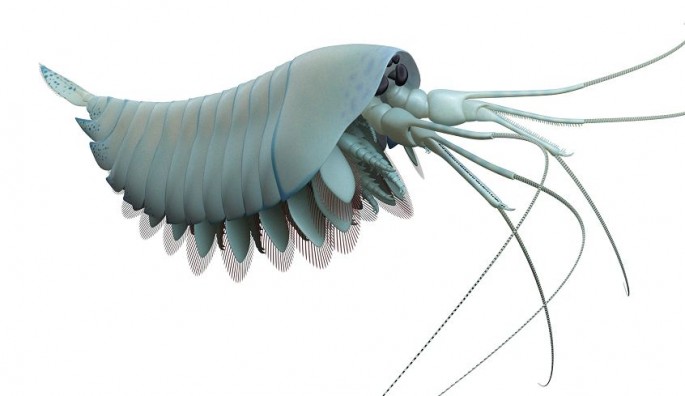Fossils of a 508 million year-old lobster ancestor that snagged its victims with claws that had teeth is a relative of today's butterflies and spiders, said researchers that identified this queer creature.
Researchers from the University of Toronto that found the fossils said this lobster was at the top of the food chain in its time, playing an important role in the ancient ecosystem. The creature lived 250 million years before the first dinosaurs roamed the Earth.
This unusual animal was named "Yawunik kootenayi" after a huge mythical killer marine beast in the lore of the indigenous tribe living in the area in Canada where the fossils were found. Researchers found the fossils at the Marble Canyon site, which is part of the Canadian Burgess Shale fossil deposit.
The fossils of Yawunik reveal a marine creature some 10 centimeters long with two pairs of eyes and huge grasping appendages. Scientists said Yawunik had evolved long frontal appendages consisting of three long claws.
Two of these claws bore opposing rows of teeth that helped the animal catch its prey. The claws also had long, whip-like appendages used to sense its surroundings, said CBC News.
Yawunik was an arthropod, which links it to modern day creatures like spiders, lobsters and butterflies.
"It has the signature features of an arthropod with its external skeleton, segmented body and jointed appendages, but lacks certain advanced traits present in groups that survived until the present day. We say that it belongs to the 'stem' of arthropods", said Cedric Aria, a PhD candidate in University of Toronto's Department of Ecology & Evolutionary Biology and lead author of the study just published in Palaeontology.
"This creature is expanding our perspective on the anatomy and predatory habits of the first arthropods, the group to which spiders and lobsters belong".
The study shows evidence Yawunik was capable of moving its frontal appendages backward and forward, spreading them out during an attack and then retracting them under its body when swimming.



























